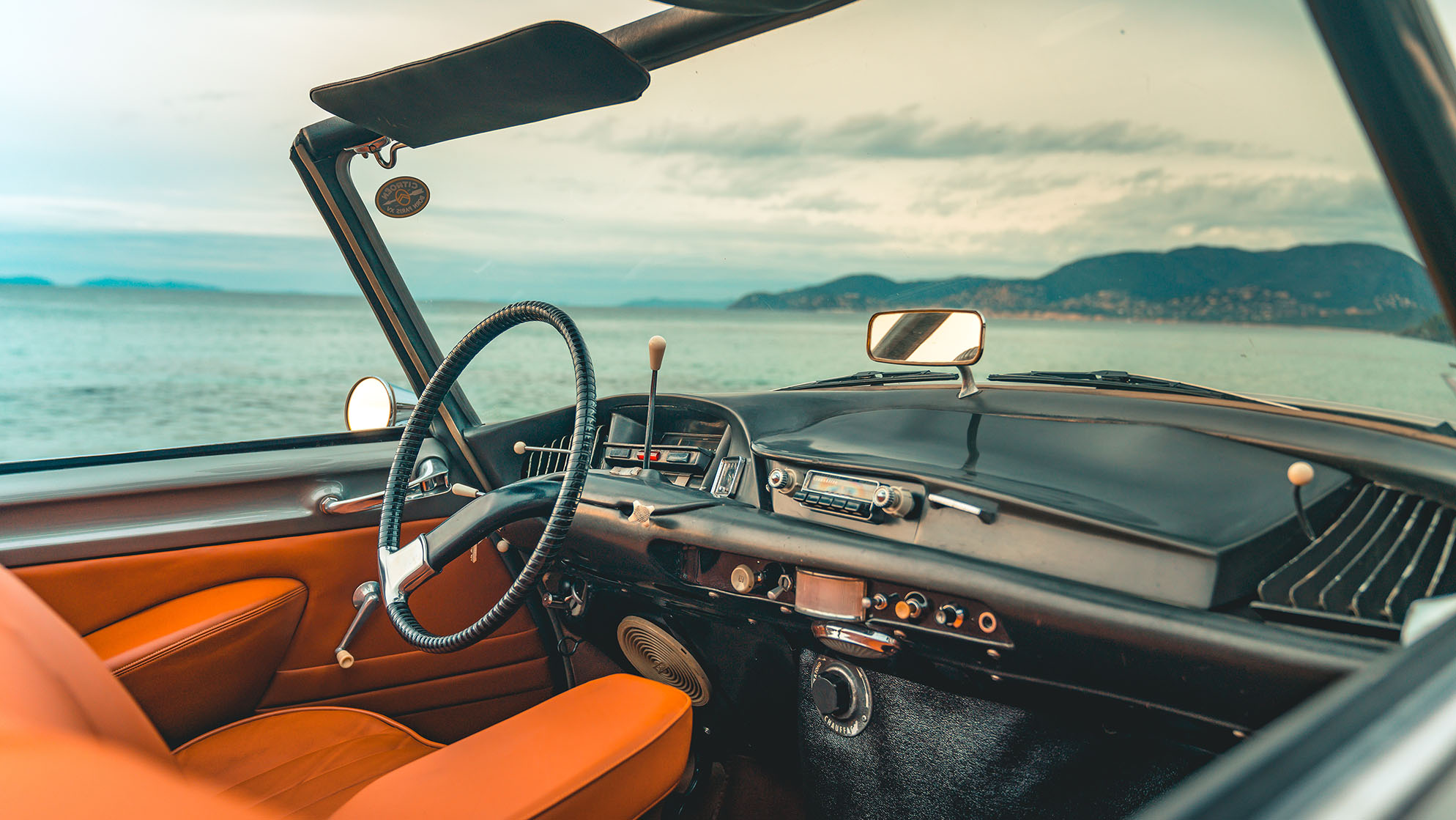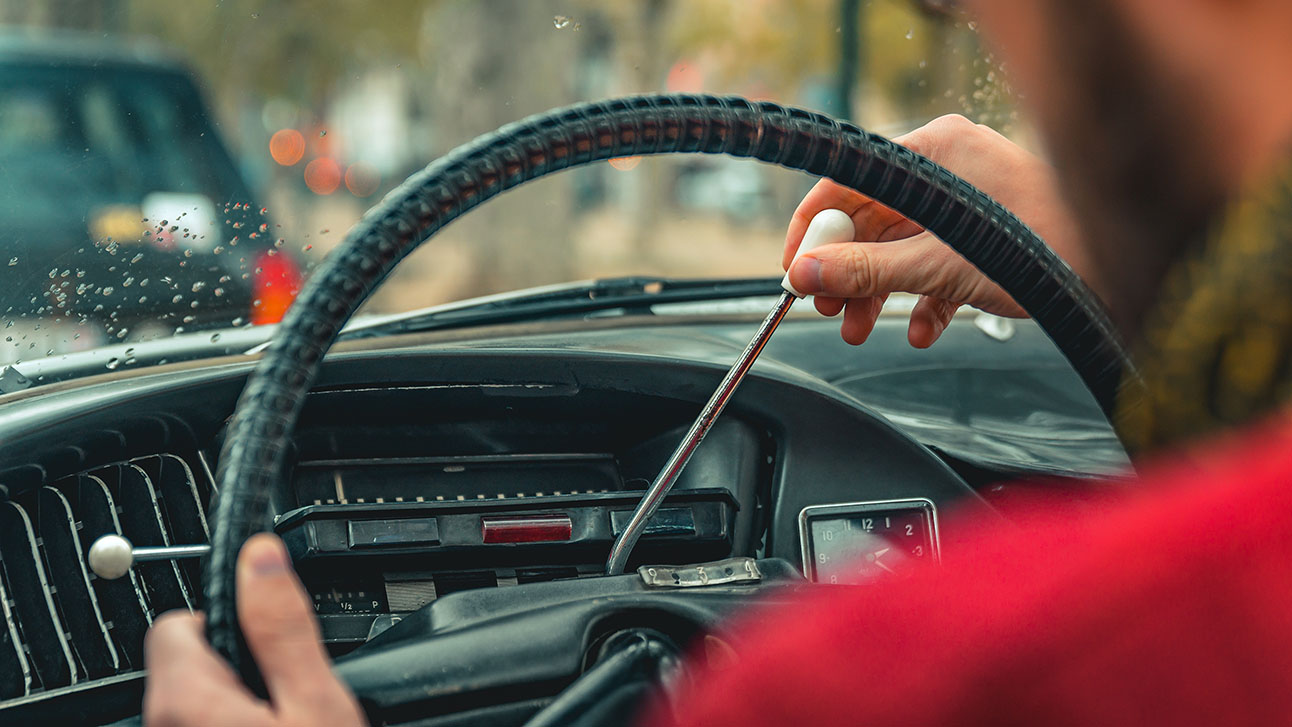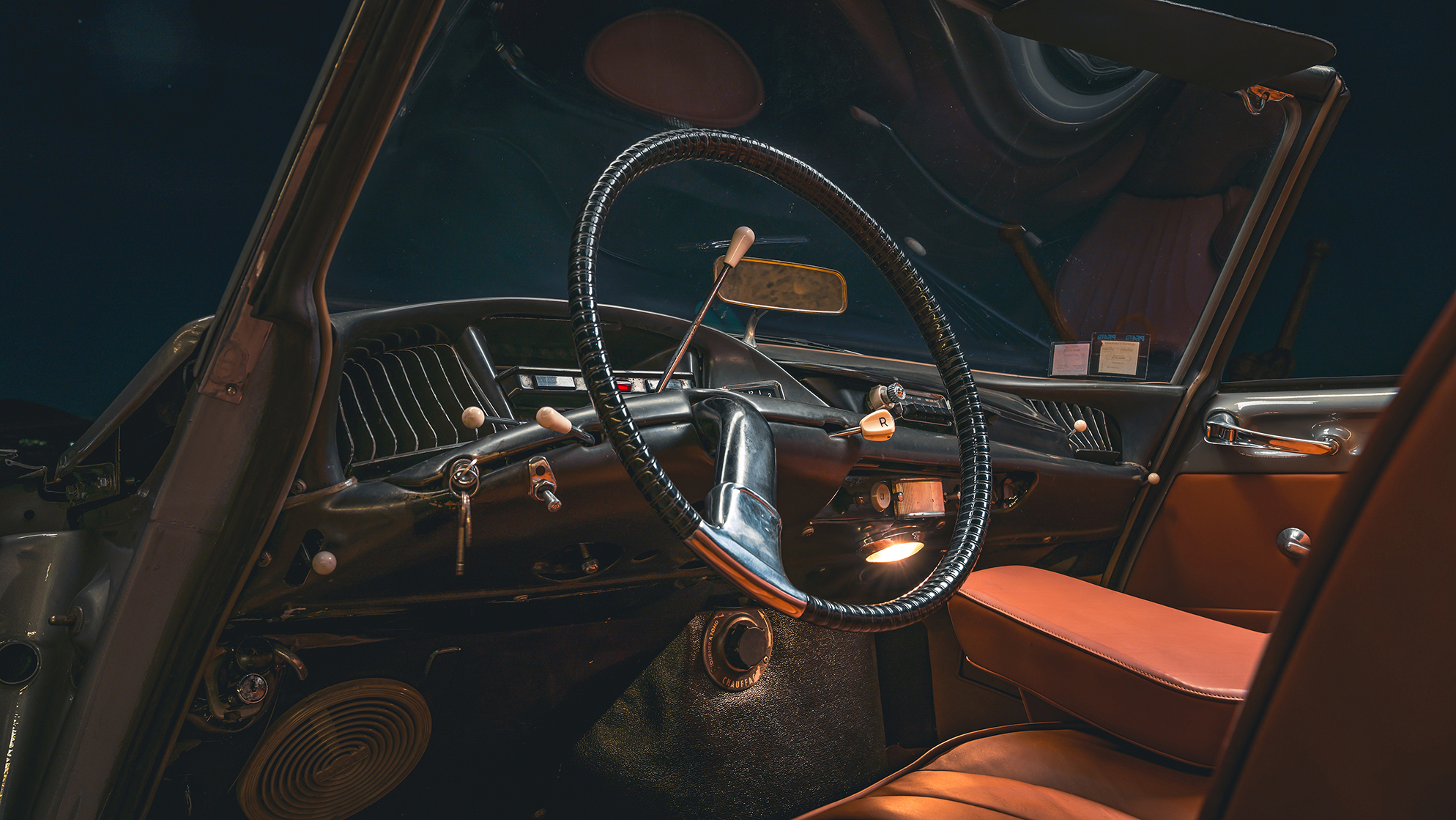
Citroen DS review
Buying
What should I be paying?
This is an old French car, so it’s got its fair share of old French car problems. However, it’s also an icon with a loyal following and over half-a-century’s worth of expertise built up in keeping them on the road. A DS even won the Monte Carlo rally once, and they built a stellar reputation in long-distance rallies. Plus over 1.45 million were sold during the car’s time in production. So, take a nice big gulp of brave, and go in with your eyes open.
There are several models to choose between. The original DS19 was joined in 1957 by the ID19, a DS shorn of power steering, automatic gearbox and some horsepower to help plug the price difference between the DS21 and the 65 per cent cheaper Traction Avant it had effectively replaced in the line-up. The 25 per cent price cut made the DS19 a hit. The estate version, known as the DS Break, joined the range in 1961, with an also Volvo-esque boxiness to its roofline. Instead of fibreglass, the Break’s roof was steel, to support cargo on top.
The Break’s chassis was used to support the rare Decapotable cabrio. This retained four seats, but binned the roof for a soft-top that’s ugly when raised, but bodywork that’s unfathomably beautiful when open. Only 1,365 were ever sold, and if you’re after a good one in the 2020s – or one with a famous owner, as many claimed to have had – they you’ll be paying the thick end of £150,000. By contrast, a ‘normal’ DS21 or DS23 can be yours in tidy nick for around £35,000. At the time of writing in spring 2020, we found the cheapest reputable DS in the UK to be a left-hand drive 1968 ID19, asking no more than £15,000.
Back to the historical pitfalls. 1967 was an important year for the DS. Not only did its sharknose restyle herald the introduction of directional headlights in a new four-lamp cluster, but Citroen changed the chemistry of the fluid used in the critical hydropneumatics system.
Until that point, the fluid had hygroscopic properties, meaning it absorbed water from ambient air which, as keen students of science will know, cannot be hydraulically compressed, and would cause failures in the pressurised spheres. In 1967 the fluid was changed for a much less harsh mineral-oil based fluid, and painted the spheres and seals green to denote that only this new, green-coloured fluid was to be used. If you’re checking out a DS to buy, the simple way to test if the system’s working is to make sure it’s switched off when you first arrive – no cheating. Switch on the engine and the car should take 10-20 seconds to rise into its driving stance. If it doesn’t settle on the level with a driver aboard – or when alighting – then you know you’ve got a dud. Run away.
Most DSs were made in Paris, but plenty of right-hand-drive examples were in fact assembled from kits in Slough, Berkshire. You can spot them via leather seats, a chrome front numberplate holder, wooden and plastic dashboards on early ID19s and DS21s respectively… and dodgy electrics. So bad, in fact, that by 1965 France took over building British-bound DSs, with their own wiring system.
Servicing a DS can be… obtuse. To replace worn brakes, for example, you’ll have to disassemble the driveshafts, callipers, and the radiator, because they’re mounted inboard. Happily, the rear brakes are most conventional drums. Rust will start to form where seals have been allowed to perish – check around the pillars and the windscreen frame for the dreaded rot.
On the plus side, the engines are workmanlike and hardy. DS owners are at pains to point out that this is a car that will reward you for driving it often, getting it warm and letting it loosen up. It’ll punish you if it’s a garage queen, or worse, left outside and neglected. Regular goddess worship, please. Amen.
Featured

Trending this week
- Car Review
BMW iX3






